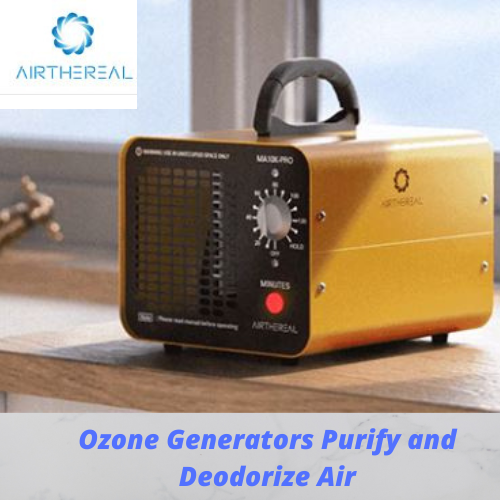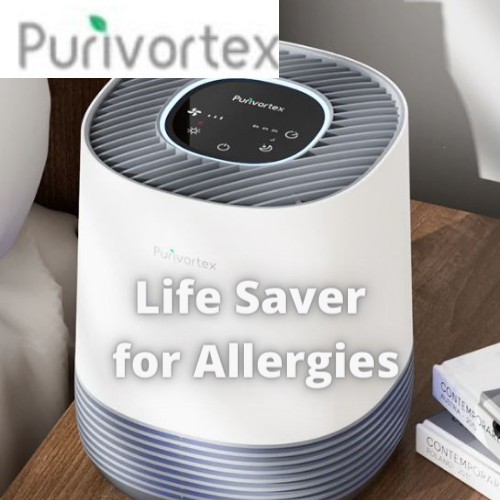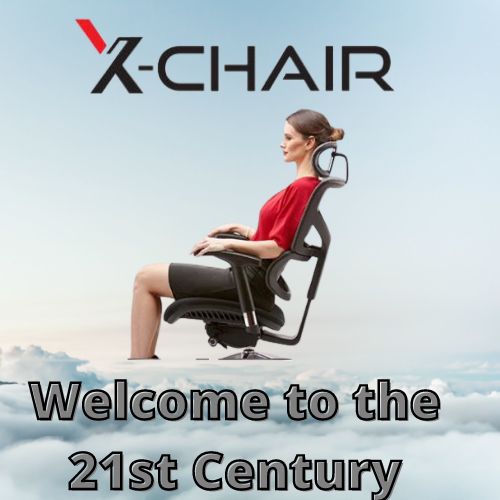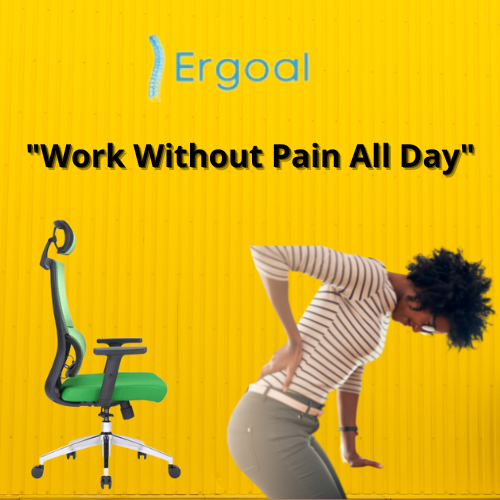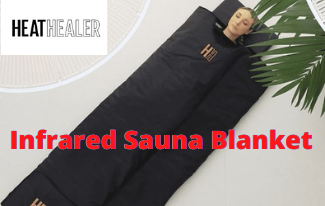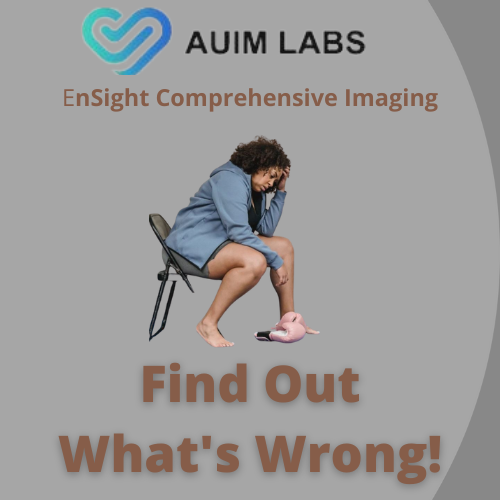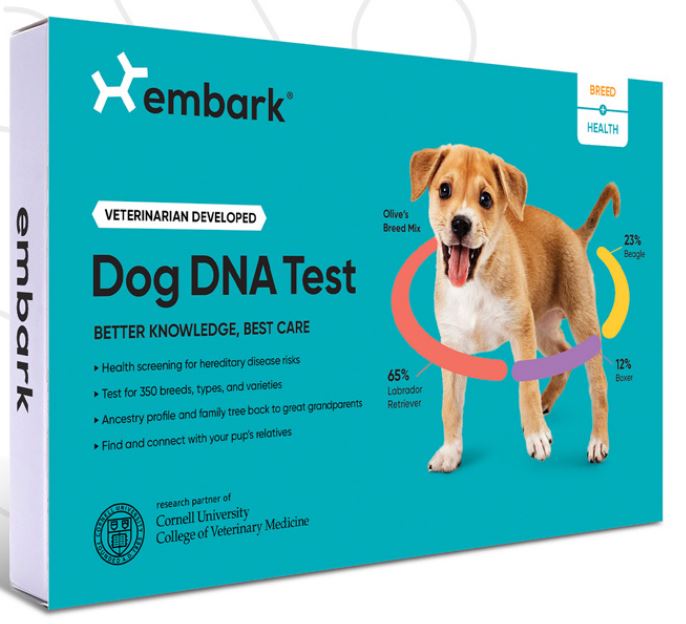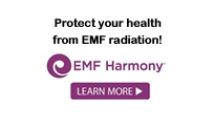Practitioner Spotlight with Dr. Louis Shoha, Root Canal Specialist
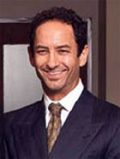 We are speaking with Dr. Louis Shoha, DDS, MS, an Endodontist, on his approach in performing safe and healthy root canal treatments
We are speaking with Dr. Louis Shoha, DDS, MS, an Endodontist, on his approach in performing safe and healthy root canal treatments
Tell Us About Your Approach to Root Canal Therapy
The conventional root canal procedure is essentially a surgical procedure to remove infected and damaged tissue and microbial pathogens from within the tooth. This procedure allows the tooth to be retained in the mouth for proper chewing and maintenance of ideal tooth and jaw position needed for airway maintenance and jaw joint function.
Questioning Conventional Root Canal Therapy
There is controversy in the dental community about the effectiveness of conventional root canal treatment. Due to the intricate internal tooth anatomy and the presence of hidden pathogenic microbes, the clinician has difficulty in accurately assessing localized healing through x-rays and other testing, but more importantly, has a limited role in detecting the role these microbes have on the health of other organs and body systems.
The Wide Prevalence of Root Canal Therapy
According to the American Association of Endodontists website, more than 22 million root canal procedures are performed every year by dentists. This number includes those performed by general dentists and endodontic specialists, and likely those performed by dental students as well.
It is thought that only 15% are performed by specialists and 85% are performed by general dentists. The success rate for each group is found to be different as well, with general dentists around or below 80% and specialists above 90% depending on the study.
Although the basic procedure may be similarly performed by all in a broad sense, the endodontic specialist will have had a minimum of two additional years of training beyond dental school and a licensing exam associated with specialty practice. In addition, performing the same procedures repeatedly results in the highest level of experience.
High-Tech Diagnosis and Treatment
The specialist will have dedicated instruments and materials not often found outside the specialty practice which are indispensable for practicing at the highest level. This may include operation microscopes, laser, CBCT imaging (cone beam 3D x -ray machine), and many other specialized instruments.
The root canal procedure is performed after an examination to determine the nature and extent of pathology, and localization of any symptoms to the affected tooth. This is accomplished using patient history and description of the problem, X-ray images, CBCT 3D x-ray, clinical tests, and input from other practitioners if needed.
The diagnosis is made and a discussion takes place to describe the procedure and alternatives such as extraction and tooth replacement with a bridge, partial denture, or dental implant.
The controversy regarding root canal treatment effectiveness involves the impossibility of removing all of the microorganisms from within the tooth and apical tissues and the continued presence of the pathogens.
This may be true in many instances due to the complex anatomy of the teeth, presence of dentinal tubules, and nature of microorganism biofilms. You must also take into consideration that the success of a root canal procedure – and any other medical treatment – cannot be guaranteed as healing is also dependent on the variability of the human body including local and systemic factors that affect healing, such as immune function, and underlying medical issues.
Advanced disinfection allows for better healing
The Endodontist uses ultrasonic/neosonic activation, in addition to irrigating solutions, surfactants, demineralizing agents and antibiotics to kill bacteria and remove remaining tissue. Several methods are used to activate the solutions within the internal spaces of the tooth to allow access to otherwise unreachable areas in hidden canals and porous tooth walls with their dentinal tubules. Pulsed laser energy is used to activate oxidizing agents and can kill bacteria directly.
Medical grade gaseous Ozone/Oxygen is used after the internal canal spaces are dried and further provides antimicrobial action into the dentinal tubules and into the periapical (around the root of the tooth) tissues through the opening at the end of the root tip. This is thought to also provide additional healing properties upon contact, including immune modulation.
Filling the canal spaces is accomplished using a biocompatible bioceramic filler that does not contain any metal oxides. It has a creamy consistency and can be placed with or without the commonly used gutta percha core material.
Post Root Canal Treatment
After root canal treatment, an x-ray is taken for confirmation of completed treatment and sent back to the patient’s dentist. A temporary filling is placed into the root canal access opening in the biting surface and the patient is directed to return to the dentist after 10 days for final restoration with filling or crown as needed.
Follow-up evaluation is necessary to ensure that the root canal treatment has allowed proper healing by the body. In cases where healing has not occurred, a discussion has to follow about further treatment. This may include a surgical process to physically remove any additional infection, or removal of the entire tooth and cleaning out the surrounding bone if necessary.
The effect of root canal procedures on changes in acupuncture meridian or electrical conductivity have been discussed by some practitioners. Perhaps these should be tested on an individual basis for proposed or endodontically treated teeth.
Entering the High Tech Era
In closing, the root canal procedure has evolved and will continue to evolve with advances in modern science and medicine to provide an extremely safe and healthy treatment as long as several parameters are adhered to. It has gone from an essentially blind procedure done using tactile feel to a specialized high tech procedure done under high power microscopic magnification, using 3-D visualization when needed, and state of the art vibrational and laser energy systems plus ozone for disinfection.
The final decision of doing a root canal should consider the the capability of performing the advanced disinfection procedures, use of biocompatible materials and more importantly, considering the patient’s existing medical condition, immune function and ability to heal following treatment. Consultation with a Biological Dentist would be indicated.
Biography
Dr. Shoha is a native of Detroit and one of the many dentists in the Shoha family who have served the Metropolitan Detroit area.
He attended Central Michigan University for three years and was selected for early admission to the University of Michigan School of Dentistry in 1983. He earned his Doctor of Dental Surgery degree at the university and graduated in 1987. He was valedictorian of his class and the recipient of several scholastic awards. He was subsequently inducted into the Omicron Kappa Upsilon National Dental Honor Society.
Following graduation, Dr. Shoha continued his studies at the University of Michigan and was awarded a master’s degree in Endodontics in 1989. That same year, he joined the Professional Endodontics practice.
Dr. Louis Shoha, DDS
Endodontist
Professional Endodontics
Southfield. MI USA
View other holistic practitioners like Dr. Shoha in our Holistic Health Directory
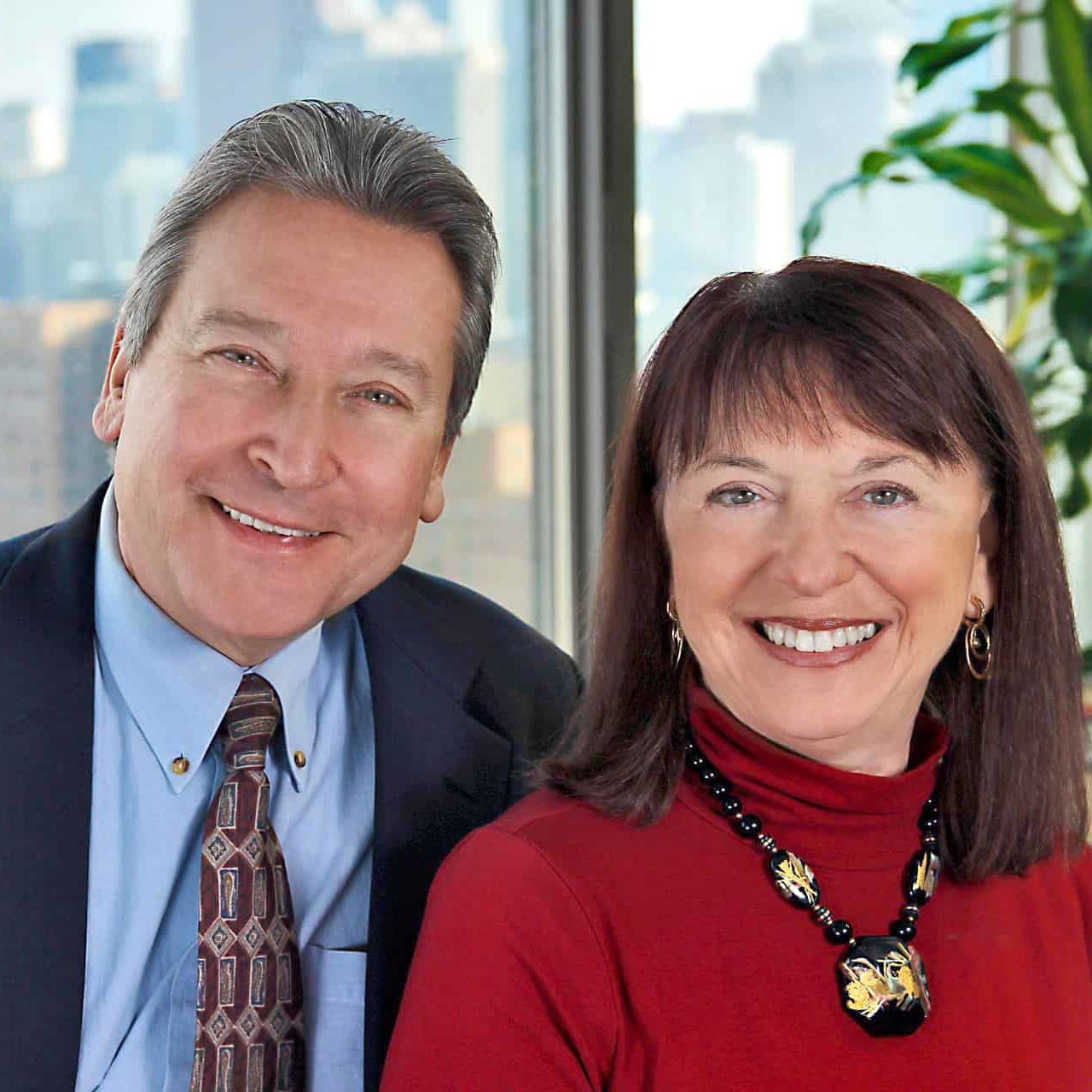
About Us
As holistic dentists, we've recommended products and services that supported our patients’ health for decades. In experiencing our own health challenges from mercury toxicity, we worked closely with many natural, alternative, and integrative health practitioners who aided our recovery as well as our patients’. We built this site to provide you with a simple-to-use, comprehensive, informational, and functional resource for your physical, emotional, and spiritual health & well-being.













